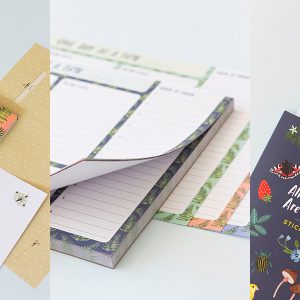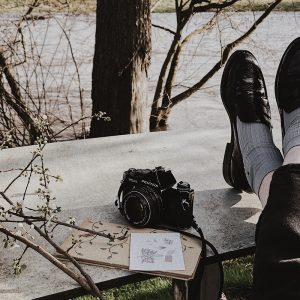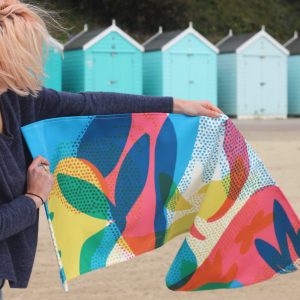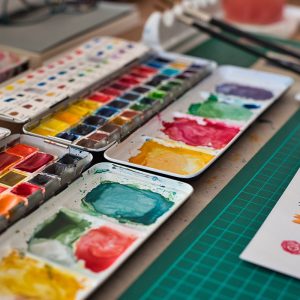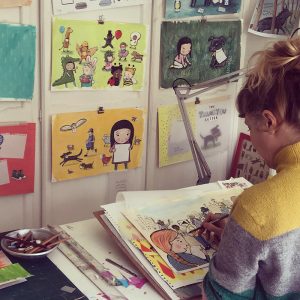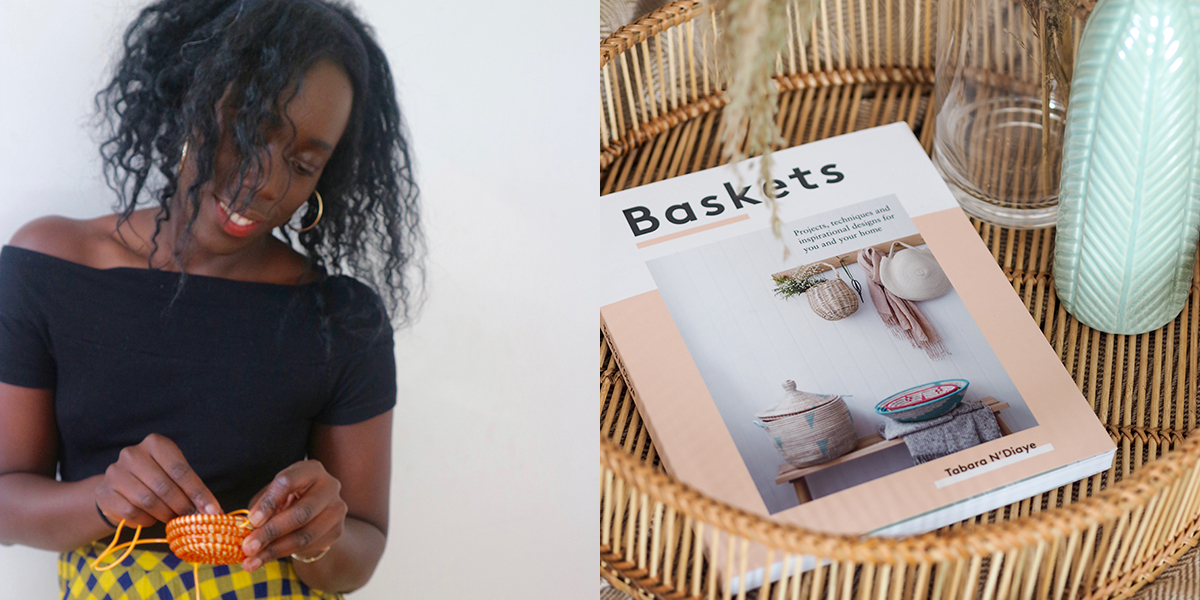Anke Heelemann collects old photos and complete photo albums filled with moments that no one seems to remember anymore. She creates projects to give these images meaning again after years of obscurity.
In 2006, Anke Heelemann opened a specialty shop for forgotten private photographs (Fachgeschäft für vergessene Privatfotografien) in her hometown of Weimar, Germany. It sounds very poetic: A place where you can browse through the long-ago taken images of other people’s lives. The tragedy is that the connection to those people has been lost; the photos are no longer anyone’s memories. “That’s what’s fascinating about the photos,” Heelemann says. “Their meaning has dissolved, because you don’t know who or what you are looking at. To me, that makes them like a blank canvas. The fact that the story behind the photos has been forgotten gives me the freedom to incorporate them in new stories. I use them in all sorts of ways in projects, in the hope that they gain new meaning for people and start a second life.”
Discarded photos
For example, one of her projects is the Bildnachrichtendienst (image messaging service), which turned a Berlin gallery into a post office. “You could pick a picture from my archive for someone, write a message to go with it and put it in a mailbox,” she explains. “The other person then had to come to the ‘post office’ to view and read it. That’s how a discarded photo can regain value to someone today. Maybe I’ll also put these photos on my website sometime, do a photo-of-the-month thing, so it gets another new life. The website is also the online continuation of the now shuttered brick-and-mortar shop, the Fachgeschäft, which was my very first project.”
Growing collection
When she started, Heelemann was finding her photos mainly at flea markets and sometimes discarded at garbage collection sites. “Later, I also started buying albums and collections on eBay,” she says, “and now I am also getting donations from people who have heard about my projects. It is becoming a huge collection. In order to keep things organized, I started archiving the photos. The categorization gradually evolved while I was repeatedly viewing and sorting photos. Sometimes you notice something without knowing why. For example, my eye was once caught by a cushion with a dent on top. Suddenly I saw it everywhere—it appears that many people make that kind of dent in their cushions—so that has become a separate category. By labeling that kind of characteristic, the viewer also looks at it differently. Cushions then suddenly become the main characters in a photo instead of the people. The effect is sometimes quite moving.”
- You can see more of Anke’s collection on her website.
- Read the full story ‘Forgotten photos’ (and see some of Anke’s finds) in Issue 31.
Text Chris Muyres
Find all our current promotions, discount codes and sale here



